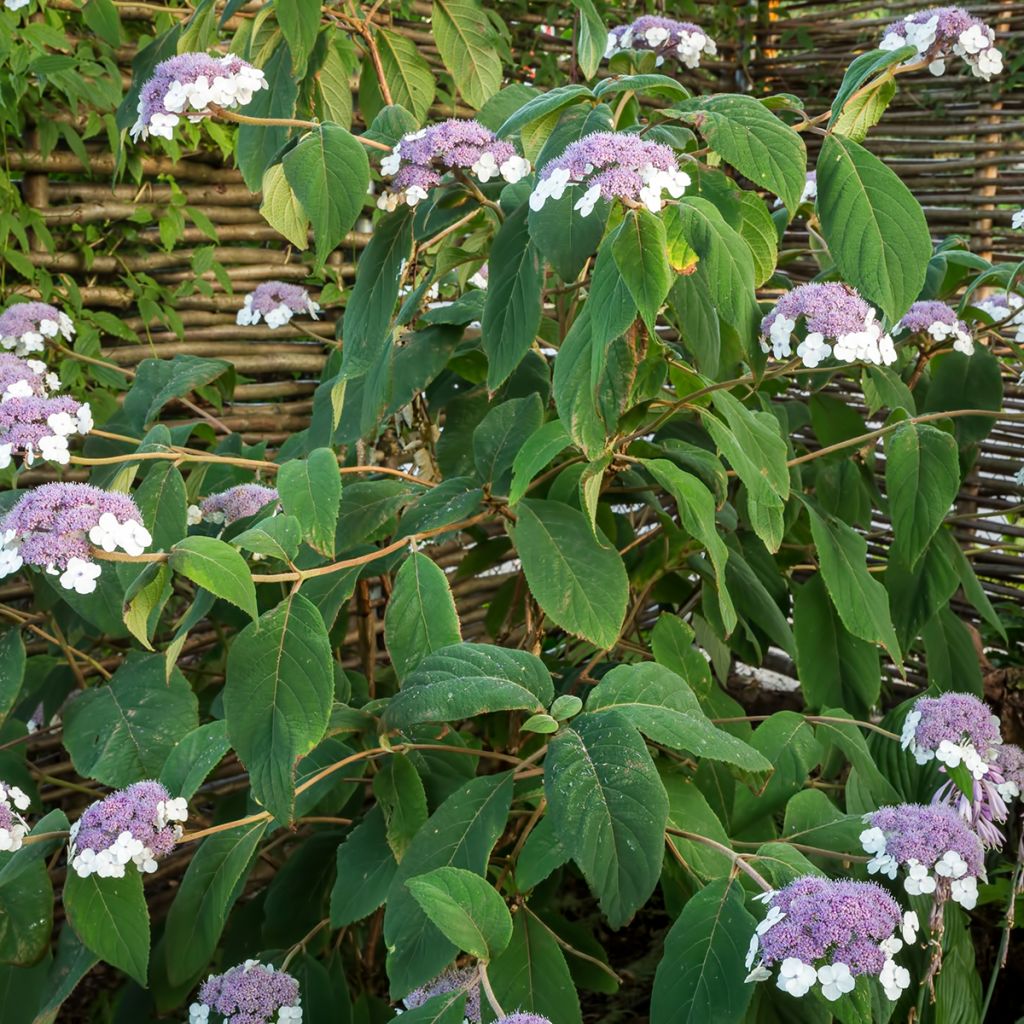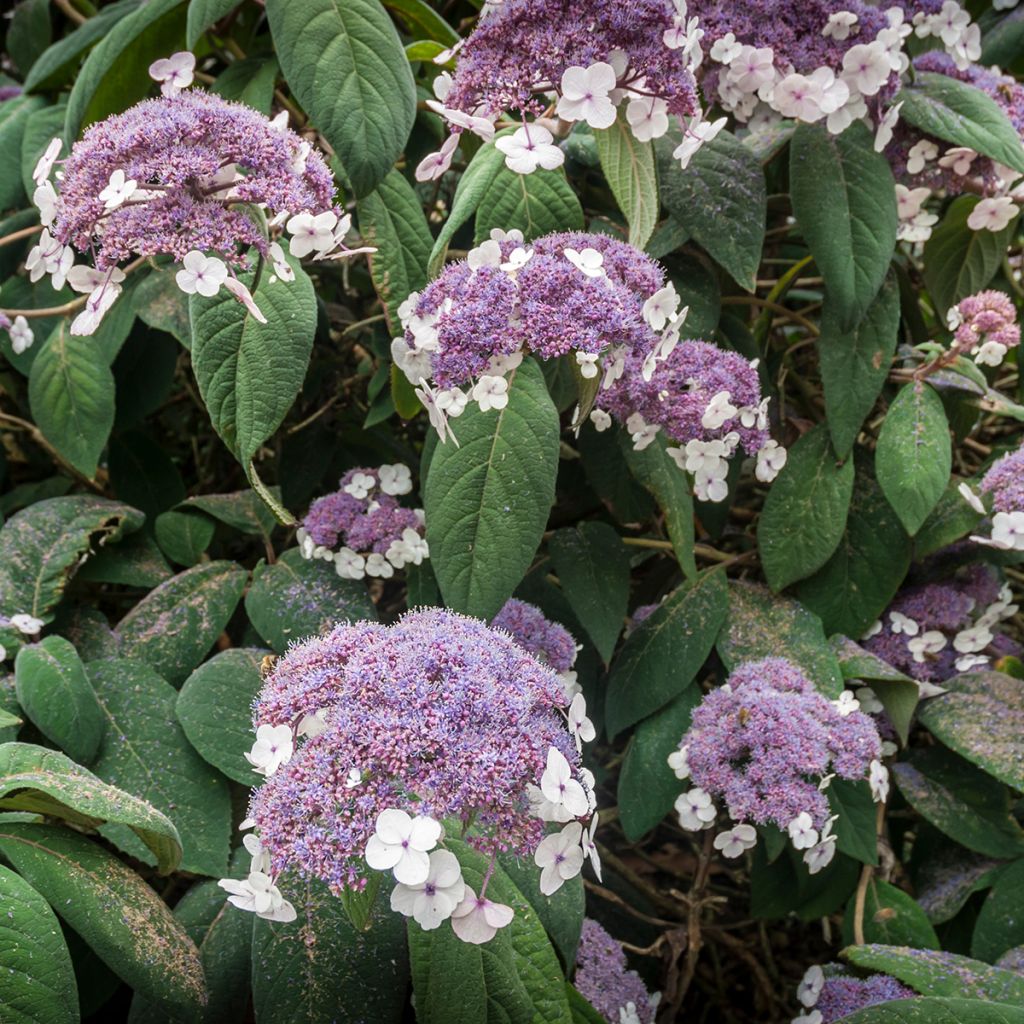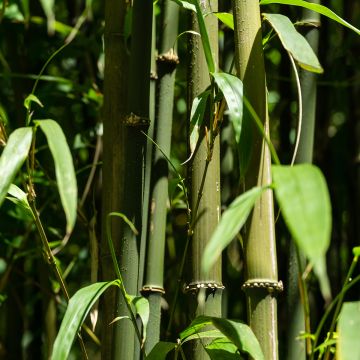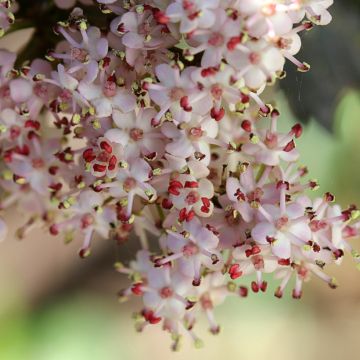

Hydrangea aspera subsp.sargentiana


Hydrangea aspera subsp.sargentiana


Hydrangea aspera subsp.sargentiana


Hydrangea aspera subsp.sargentiana


Hydrangea aspera subsp.sargentiana


Hydrangea aspera subsp.sargentiana
Hydrangea aspera subsp.sargentiana
Hydrangea aspera subsp.sargentiana
Rough-leaved Hydrangea, Sargent's Hydrangea
Why aren't non-glowing reviews published? ;)
Benou, 28/10/2024
Special offer!
Receive a €20 voucher for any order over €90 (excluding delivery costs, credit notes, and plastic-free options)!
1- Add your favorite plants to your cart.
2- Once you have reached €90, confirm your order (you can even choose the delivery date!).
3- As soon as your order is shipped, you will receive an email containing your voucher code, valid for 3 months (90 days).
Your voucher is unique and can only be used once, for any order with a minimum value of €20, excluding delivery costs.
Can be combined with other current offers, non-divisible and non-refundable.
Home or relay delivery (depending on size and destination)
Schedule delivery date,
and select date in basket
This plant carries a 24 months recovery warranty
More information
We guarantee the quality of our plants for a full growing cycle, and will replace at our expense any plant that fails to recover under normal climatic and planting conditions.
Would this plant suit my garden?
Set up your Plantfit profile →
Description
The Hydrangea asperasargentiana is a rare botanical bush found in our gardens. It is spectacular due to its large, dark green velvet leaves with a grey and fluffy underside. Its appearance can evoke that of a tree fern in the shade of an undergrowth. In the summer, it blooms, producing large, slightly rounded mauve-violet flower heads and adorned with a few white flowers. The colours of its flowers are not influenced by soil pH. This slightly suckering species is ideal for large spaces or used as a backdrop for its exotic character and ease of cultivation in ordinary soil that is not too dry.
The Hydrangea aspera is a large, hardy bush that belongs to the Hydrangea family. It's originally from southern and eastern Asia and has great variability. The bush is closely related to hydrangeas, with large leaves and ball-shaped flower heads. The former subspecies sargentiana is now recognised as a separate species belonging to the Hydrangea family. Its origins are in central China's dense forests covering the valleys and mountain slopes. It was introduced to Europe in 1908.
The bush is beautiful and bushy, with erect main and flexible secondary branches. These branches are slightly arched and responsible for the rounded and spreading silhouette of the plant, which can sometimes be irregular. When fully mature, the bush reaches about 2 metres (6 feet 7 inches) in all directions. Its flowering period lasts 3 weeks, starting from the end of July, which is shorter than usual hydrangeas.
This species has a flower head of 25 cm (9.8 in) wide. It consists of small flowers arranged in a parasol shape. The larger and less numerous sterile florets form a very sparse crown around the small fertile flowers. The fertile flowers are similar to small clustered buds, violet in colour, and they open into tiny pink-mauve flowers from the outside to the inside of the corymb. This particular arrangement is called "grandmother's bonnet".
The hydrangea's deciduous foliage consists of elongated leaves measuring up to 30 cm (11.8 in) long. These leaves are lanceolate, serrated, downy, lighter on the underside, and are marked with fairly deep veins. The hydrangea develops branches covered with rough hairs, whose bark exfoliates with age.
This bush thrives in cool environments with light or partial shade. Unlike most bushes, it can grow well in soil with limestone. It can be planted in an ericaceous bed alongside other hydrangeas, Kalmia, or Azalea for example. The Hydrangea aspera sargentiana can be used as a beautiful backdrop for a fragrant viburnum hedge, large deciduous euonymus, or the edge of a grove. It is highly recommended to plant it near a path or window to fully enjoy its unique personality and beauty.
Report an error about the product description
Hydrangea aspera subsp.sargentiana in pictures






Plant habit
Flowering
Foliage
Botanical data
Hydrangea
aspera subsp.sargentiana
Hydrangeaceae
Rough-leaved Hydrangea, Sargent's Hydrangea
Cultivar or hybrid
Planting and care
When planting your Hydrangea aspera ssp. sargentiana, choose a spot that is partially shaded or gently sunny. If your soil is very chalky, prepare the soil by mixing garden soil, leaf compost, and ericaceous soil. This variety usually grows well in deep, well-drained soil that remains moist in summer. Adding well-rotted manure or compost will help it thrive. It is essential to water the plant abundantly during planting and the first two years after planting. It is also recommended to water it several times during the summer in case of prolonged drought. Stop watering after September, and in cold regions, protect the base with a mulch of dead leaves.
Note that this variety of hydrangea is not suitable for container cultivation. It will grow best when planted directly into the ground.
Planting period
Intended location
Care
-
, onOrder confirmed
Reply from on Promesse de fleurs
Similar products
Haven't found what you were looking for?
Hardiness is the lowest winter temperature a plant can endure without suffering serious damage or even dying. However, hardiness is affected by location (a sheltered area, such as a patio), protection (winter cover) and soil type (hardiness is improved by well-drained soil).

Photo Sharing Terms & Conditions
In order to encourage gardeners to interact and share their experiences, Promesse de fleurs offers various media enabling content to be uploaded onto its Site - in particular via the ‘Photo sharing’ module.
The User agrees to refrain from:
- Posting any content that is illegal, prejudicial, insulting, racist, inciteful to hatred, revisionist, contrary to public decency, that infringes on privacy or on the privacy rights of third parties, in particular the publicity rights of persons and goods, intellectual property rights, or the right to privacy.
- Submitting content on behalf of a third party;
- Impersonate the identity of a third party and/or publish any personal information about a third party;
In general, the User undertakes to refrain from any unethical behaviour.
All Content (in particular text, comments, files, images, photos, videos, creative works, etc.), which may be subject to property or intellectual property rights, image or other private rights, shall remain the property of the User, subject to the limited rights granted by the terms of the licence granted by Promesse de fleurs as stated below. Users are at liberty to publish or not to publish such Content on the Site, notably via the ‘Photo Sharing’ facility, and accept that this Content shall be made public and freely accessible, notably on the Internet.
Users further acknowledge, undertake to have ,and guarantee that they hold all necessary rights and permissions to publish such material on the Site, in particular with regard to the legislation in force pertaining to any privacy, property, intellectual property, image, or contractual rights, or rights of any other nature. By publishing such Content on the Site, Users acknowledge accepting full liability as publishers of the Content within the meaning of the law, and grant Promesse de fleurs, free of charge, an inclusive, worldwide licence for the said Content for the entire duration of its publication, including all reproduction, representation, up/downloading, displaying, performing, transmission, and storage rights.
Users also grant permission for their name to be linked to the Content and accept that this link may not always be made available.
By engaging in posting material, Users consent to their Content becoming automatically accessible on the Internet, in particular on other sites and/or blogs and/or web pages of the Promesse de fleurs site, including in particular social pages and the Promesse de fleurs catalogue.
Users may secure the removal of entrusted content free of charge by issuing a simple request via our contact form.
The flowering period indicated on our website applies to countries and regions located in USDA zone 8 (France, the United Kingdom, Ireland, the Netherlands, etc.)
It will vary according to where you live:
- In zones 9 to 10 (Italy, Spain, Greece, etc.), flowering will occur about 2 to 4 weeks earlier.
- In zones 6 to 7 (Germany, Poland, Slovenia, and lower mountainous regions), flowering will be delayed by 2 to 3 weeks.
- In zone 5 (Central Europe, Scandinavia), blooming will be delayed by 3 to 5 weeks.
In temperate climates, pruning of spring-flowering shrubs (forsythia, spireas, etc.) should be done just after flowering.
Pruning of summer-flowering shrubs (Indian Lilac, Perovskia, etc.) can be done in winter or spring.
In cold regions as well as with frost-sensitive plants, avoid pruning too early when severe frosts may still occur.
The planting period indicated on our website applies to countries and regions located in USDA zone 8 (France, United Kingdom, Ireland, Netherlands).
It will vary according to where you live:
- In Mediterranean zones (Marseille, Madrid, Milan, etc.), autumn and winter are the best planting periods.
- In continental zones (Strasbourg, Munich, Vienna, etc.), delay planting by 2 to 3 weeks in spring and bring it forward by 2 to 4 weeks in autumn.
- In mountainous regions (the Alps, Pyrenees, Carpathians, etc.), it is best to plant in late spring (May-June) or late summer (August-September).
The harvesting period indicated on our website applies to countries and regions in USDA zone 8 (France, England, Ireland, the Netherlands).
In colder areas (Scandinavia, Poland, Austria...) fruit and vegetable harvests are likely to be delayed by 3-4 weeks.
In warmer areas (Italy, Spain, Greece, etc.), harvesting will probably take place earlier, depending on weather conditions.
The sowing periods indicated on our website apply to countries and regions within USDA Zone 8 (France, UK, Ireland, Netherlands).
In colder areas (Scandinavia, Poland, Austria...), delay any outdoor sowing by 3-4 weeks, or sow under glass.
In warmer climes (Italy, Spain, Greece, etc.), bring outdoor sowing forward by a few weeks.








































